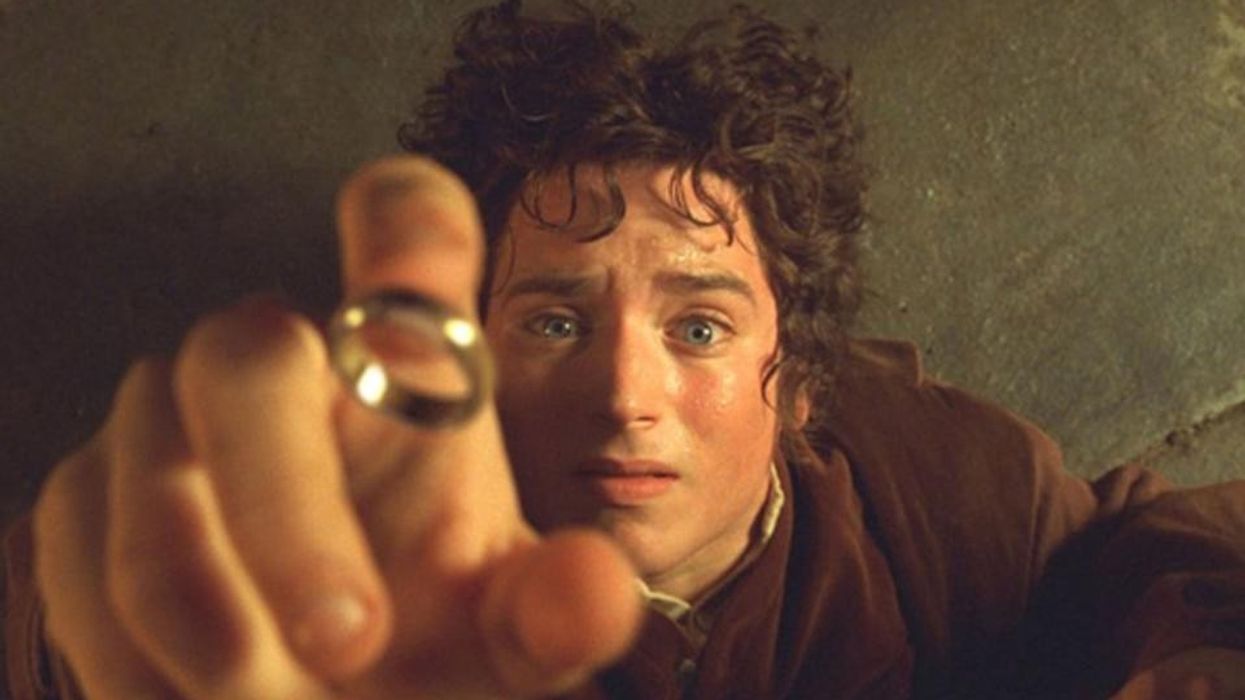How You Can Use Hands in Your Visual Storytelling
Actions speak louder than words, and there is something about using hands to tell a story that I just can’t put my finger on.

We all know a great movie when we see it. Normally, we think it’s great because of the shot composition, great dialogue, or dynamic character choices. Sometimes, words can fail to tell the full story. It could be that some things are left better unsaid, or too many words can make the scene feel like an exposition dump. A great solution is an effective visual element that allows the audience to know more about the character and their situation.
When it comes to visual elements, look no further than the hand. The hand is a human tool that allows us to show how we feel, command a room, or establish agency by pointing to a thing or person. Think of the hand as an extension of the brain that can navigate a viewer through a scene when dialogue isn’t enough to tell the story.
Now You See It breaks down how the hand can be used to show control, loss of control, intimacy, trust, and even compassion from an unfamiliar hand. Check out the full video here:
One of the best and most common uses of the hand is to show the power dynamic between two characters.
One of the first examples of this was in the 1936 Chevrolet documentary, Master Hands. The documentary follows worker’s hands as they assemble a car and finishes with a pair of hands grabbing the steering wheel indicating that the same working hands that put the car together do it for other blue-collar workers. The message indicates that hard work is rewarded; unfortunately, worker strikes were the worst they’ve ever been that year due to the poor working conditions and hard labor that was barely rewarded.
Once hands were off the machine, the hands were free to act on the person’s own volition. A free hand does what the person wants it to do which is why many labor parties and communist parties use hands as a symbol of taking back power from the oppressor.
The two different hands—the one that is an extension of the machine and the one that is the extension of one’s self—reflect the level of control a person has. We still see this in films today as one person can command an action by the simple wave of the hand.
In Star Wars, the force is a hand superpower. Darth Vader can Force choke Conan Antonio Motti (Richard LeParmentier) by simply lifting his hand to show that he holds the power in the room. The hand extends the users’ physical control into their environment and puts on display the power dynamic between the one who can wield the Force versus those who are not Force-sensitive.
Just as the hand can show power, the loss of a hand shows a lack of control. Vader and Luke Skywalker's lightsaber duel in Empire Strikes Back ended with Luke's hand being severed, which is a cruel and fantastic way of displaying a power imbalance.
Similar to Master Hands, The Lord of the Ringsfalsely empowers the hand through the One Ring. Although the Ring gives the person who wears it some power, it is a tool used by Sauron to enslave the user. The hand that wears the Ring is not free. Many fantasy films use the hand to show the power imbalance between the protagonist and antagonist.

The hand can also be seen as strange and inhuman. We all know what a normal hand looks like, and showing an abnormal hand is a good way to separate the normal from the strange. A severed hand is a common horror trope used to show that something has a mind of its own. It is a hand without a master.
In District 9, Wikus’ (Sharlto Copley) hand begins to mutate into a Prawn’s hand, giving him the ability to wield the alien weapons. Wikus is not only physically different, but he has different motives than the humans he works with. The hand transforming into something else is liberation from a system that a character does not agree with.
Then, there is the trusting hand. Hands are an easy way to show visual cooperation or attraction through a simple touch. Characters are constantly touching each other in Call Me By Your Name to show their love for one another. In one of the final scenes, Elio’s father (Michael Stuhlbarg) constantly reassures Elio (Timothée Chalamet) that he is loved and supported through small touches on the shoulder or patting his head.
A contrast to the trusting hand is the unfulfilling hand, the hand that is hidden and cold. The father in American Beautykeeps his hands close to himself and refuses to touch anyone. When he does, it is cold and strange and unfulfilling to the character that wanted his comfort.
If hands can be used to speak, then hands can be used to tell a story. Hands are an extension of the brain and can carry metaphors throughout the film or communicate complicated ideas the words would fail at doing. Next time you are shooting a film, try to play with the small details of the human body. Frame the hands in the center of the frame to show the power or the meekness of the character, or have a character lift their hand for a drink without having them say a single word. There are so many possibilities, you just have to experiment with what works for your film.
What are some of your favorite examples of storytelling through hands? Let us know in the comments below!
Source: Now You See It















